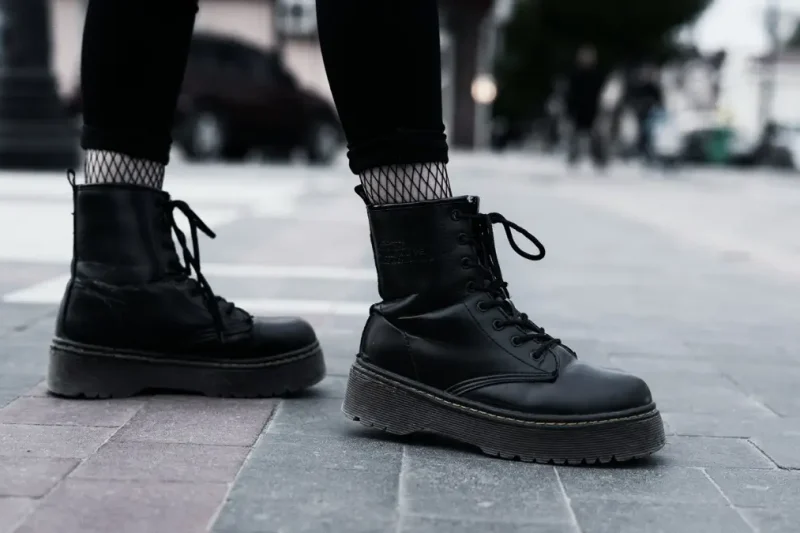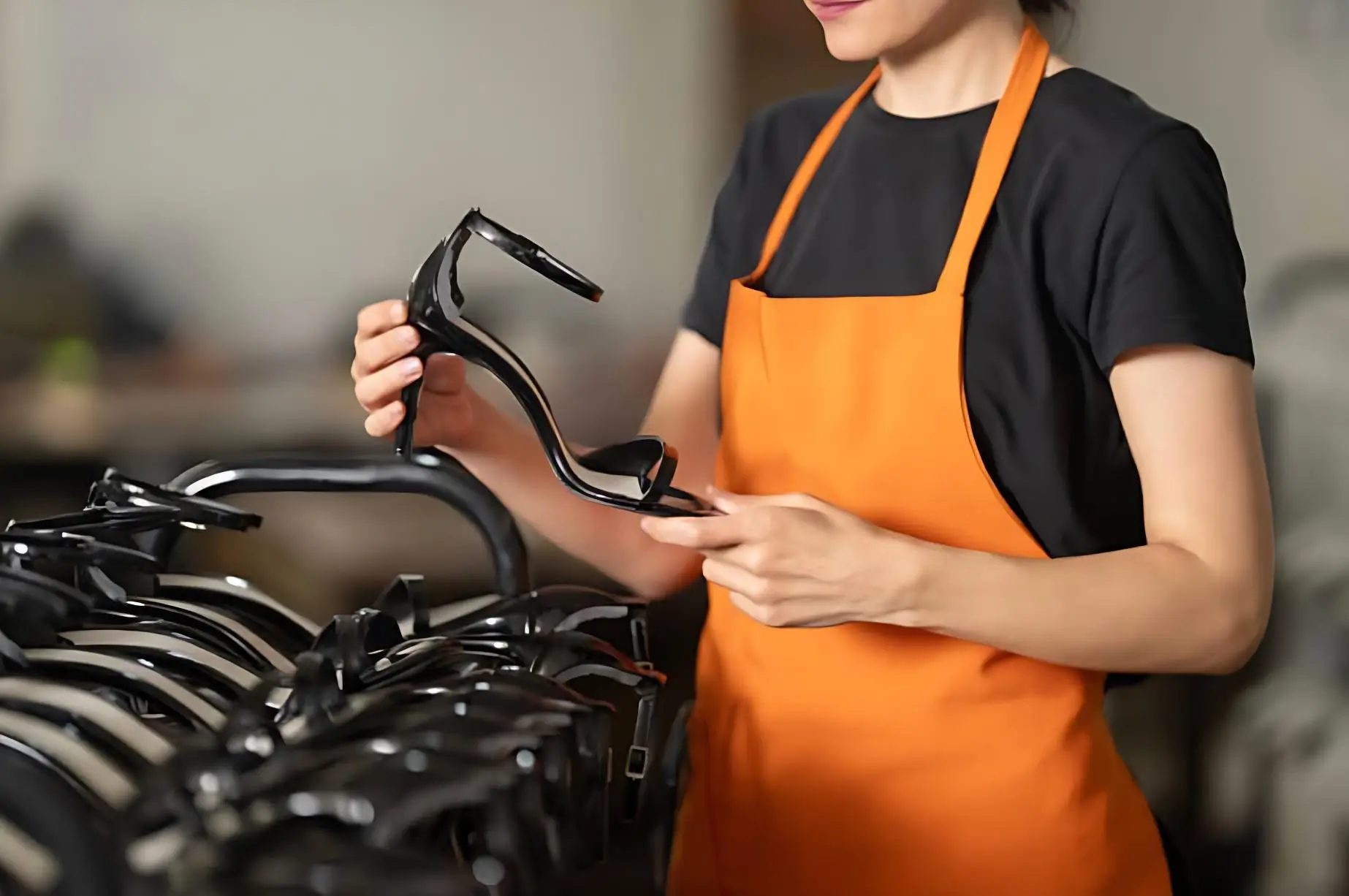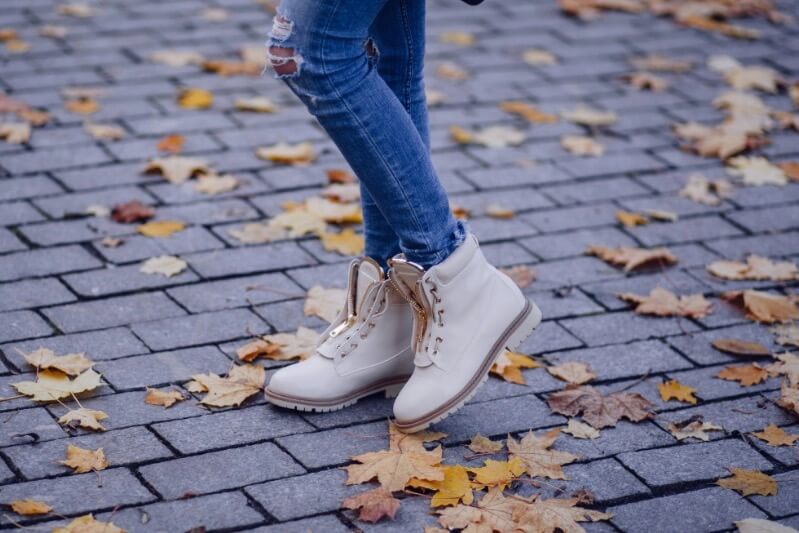Let’s be direct. Your customers are getting smarter. They are no longer just looking for a shoe that looks good. They are actively searching for healthy footwear. They want comfort, they want support, and they want shoes that are actually good for their health. From my years in this business, I can tell you this is not a small trend. It is a massive commercial opportunity.
This guide is for brand owners and buyers. It is a playbook for how to tap into this fast-growing market. We will break down the science behind a great, healthy shoe. We’ll look at the key features that matter. And we will show you how focusing on health can help you build a more valuable and trusted footwear brand.
The Science Behind a Healthy Shoe
A great shoe works in harmony with the human foot. It is not just a covering; it is a piece of supportive equipment. Understanding a few basic biomechanical principles is key to creating a product that truly performs for your customers.
How a Good Shoe Manages Impact
When we walk or run, our feet hit the ground with a lot of force. A good shoe is designed to absorb that shock. The midsole, usually made of a foam material like EVA, acts as a cushion. This reduces the stress not just on the feet, but on the ankles, knees, and even the lower back.
In our development process, we use special computer simulations to analyze how different midsole materials and designs distribute these impact forces. This allows us to engineer a shoe that provides the best possible protection for the customer. This is the science behind a truly comfortable and healthy shoe.
The Importance of a Natural Foot Shape
A lot of shoes, especially in fashion, have a narrow, pointed toe box. And that looks great, but from my experience, it can actually cause foot problems over time. It squeezes the toes together and prevents the foot from moving naturally.
A key feature of healthy footwear is a wider toe box that allows the toes to splay. This is a huge selling point in the comfort and wellness market. Another important feature is arch support. A good shoe will support the natural curve of the foot, which helps to prevent problems like flat feet and plantar fasciitis.
The 3 Pillars of a Healthy Shoe: What Your Customers Are Looking For
So, what are the key features you should be building into your products? It really comes down to three main pillars.
Pillar 1: A Perfect Fit and Great Support
A proper fit is the most important attribute of a healthy shoe. This means more than just the right length. It means the right width, the right shape, and the right support.
A Roomy Toe Box: As we talked about, a shoe should have a roomy toe box that lets the toes move naturally.
Good Arch Support: The shoe should provide the right amount of arch support to maintain the natural shape of the foot.
A Firm Heel Counter: The back of the shoe should be firm to provide stability and to prevent the foot from rolling inwards or outwards.
Pillar 2: Excellent Cushioning and Shock Absorption
A well-cushioned midsole is essential for protecting the feet from hard surfaces. It also needs to provide a stable base.
High-Quality Materials: The midsole should be made from a high-quality material like EVA foam or polyurethane (PU).
The Right Balance: The midsole should be thick enough to provide good cushioning, but not so thick that it makes the shoe feel unstable.
Pillar 3: Advanced, Breathable Materials
The materials you choose have a direct impact on the health of your customers’ feet.
Breathable Uppers: A shoe with a breathable upper, often made from a material like mesh or high-quality leather, will help to keep the feet cool and dry. This can reduce the risk of things like fungal infections and blisters.
Sustainable and Eco-Friendly Materials: Today’s customers also care a lot about sustainability. Using materials like organic cotton, recycled polyester, or innovative plant-based leathers is a powerful way to show that your brand is responsible.
The Untapped Market: Shoes for Specific Health Needs
Beyond just general wellness, there are huge and growing markets for footwear that addresses specific health needs.
The Diabetic Footwear Market: Diabetic patients often have very sensitive feet and are at high risk for foot ulcers. There is a huge and underserved market for stylish, comfortable, and therapeutic footwear for this group.
The “Silver Economy”: As the population ages, there is a growing demand for shoes that offer superior support, stability, and fall prevention for older adults.
The Performance Athlete: Athletes are always looking for a competitive edge. Smart shoes, with built-in sensors that can track gait and performance, are a fast-growing market. The smart shoe market is projected to be worth over $2.1 billion by 2033.
Building a Complete and Profitable Collection
A successful brand does not just sell one type of shoe. It offers a complete collection that meets the needs of different customers in different situations.
The Office Worker: This customer spends a lot of time on their feet. They need a shoe that is professional, but also offers all-day comfort and support.
The Weekend Hiker: This customer needs a shoe that is durable, waterproof, and has a high-traction outsole.
The Daily Commuter: This customer needs a shoe that is lightweight, flexible, and comfortable for walking.
By thinking about these different customer profiles, you can build a collection that is both diverse and highly profitable.
Frequently Asked Questions
1. What is the most important feature of a healthy shoe?
From my experience, the most important feature of a healthy shoe is a proper fit. A shoe that is too tight or too loose can cause a wide range of foot problems.
2. How can I be sure my shoes are good for my customers’ health?
The best way is to work with a manufacturer who has a deep understanding of biomechanics and material science. You should also look for a manufacturer who can provide you with certifications for their materials and their factory.
3. Does a more expensive shoe always mean a healthier shoe?
Not necessarily. A more expensive shoe should mean a healthier shoe. It should be made with higher quality materials and have a more advanced design. A great manufacturer will be transparent about why their product costs what it costs and what value you are getting for that price.
Final Takeaways: Your Action Plan for a Health-Focused Footwear Brand
As we’ve explored, creating healthy footwear is more than just a trend; it’s a commitment to your customers’ well-being. Success comes from a deep understanding of biomechanics and finding a true partner who can bring your vision to life with quality and precision.
Focus on the Science: A great healthy shoe is built on a foundation of biomechanics.
The 3 Pillars are Key: A proper fit, great cushioning, and breathable materials are the three key pillars of a healthy shoe.
Find a True Partner: You need a manufacturer who is an expert in creating healthy footwear.
At Jinhua Shoes, we are that partner. Since 2004, from our home in Wenzhou, China’s shoe capital, we’ve been the trusted OEM & ODM engine behind leading brands across five continents. We combine our passion for the process with a proven track record of helping brands like yours build more resilient and profitable supply chains.
If you’re ready to partner with a shoe manufacturer in China that can help you create truly healthy footwear, my team and I at JINHUA are here to help.
Got a project in mind? Let’s turn it into reality. Send your project details to our expert team by email to start the conversation.
📧 Email: sales@jinhuashoes.com
(You’ll get personalized expert feedback within 12 hours.)



